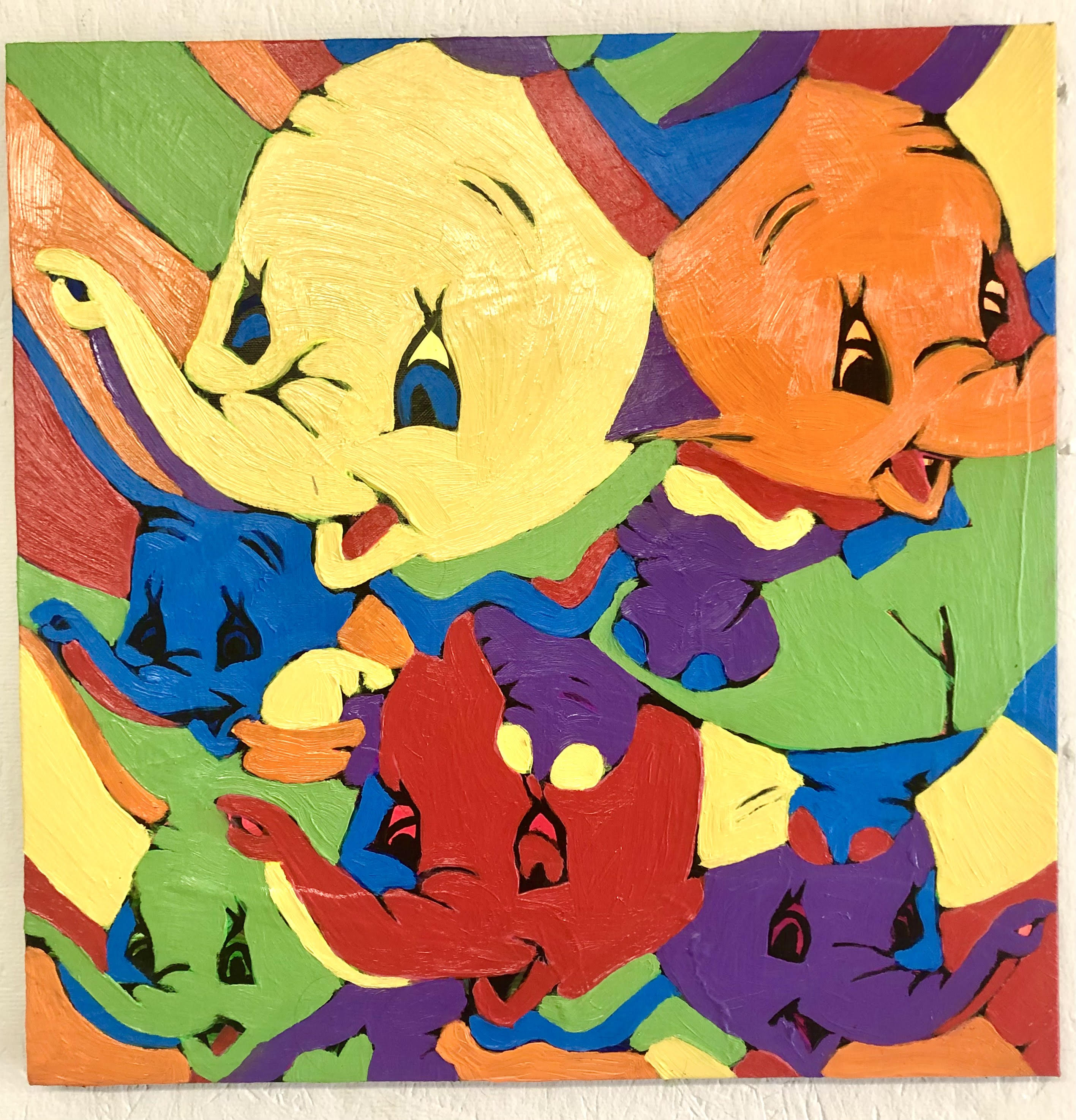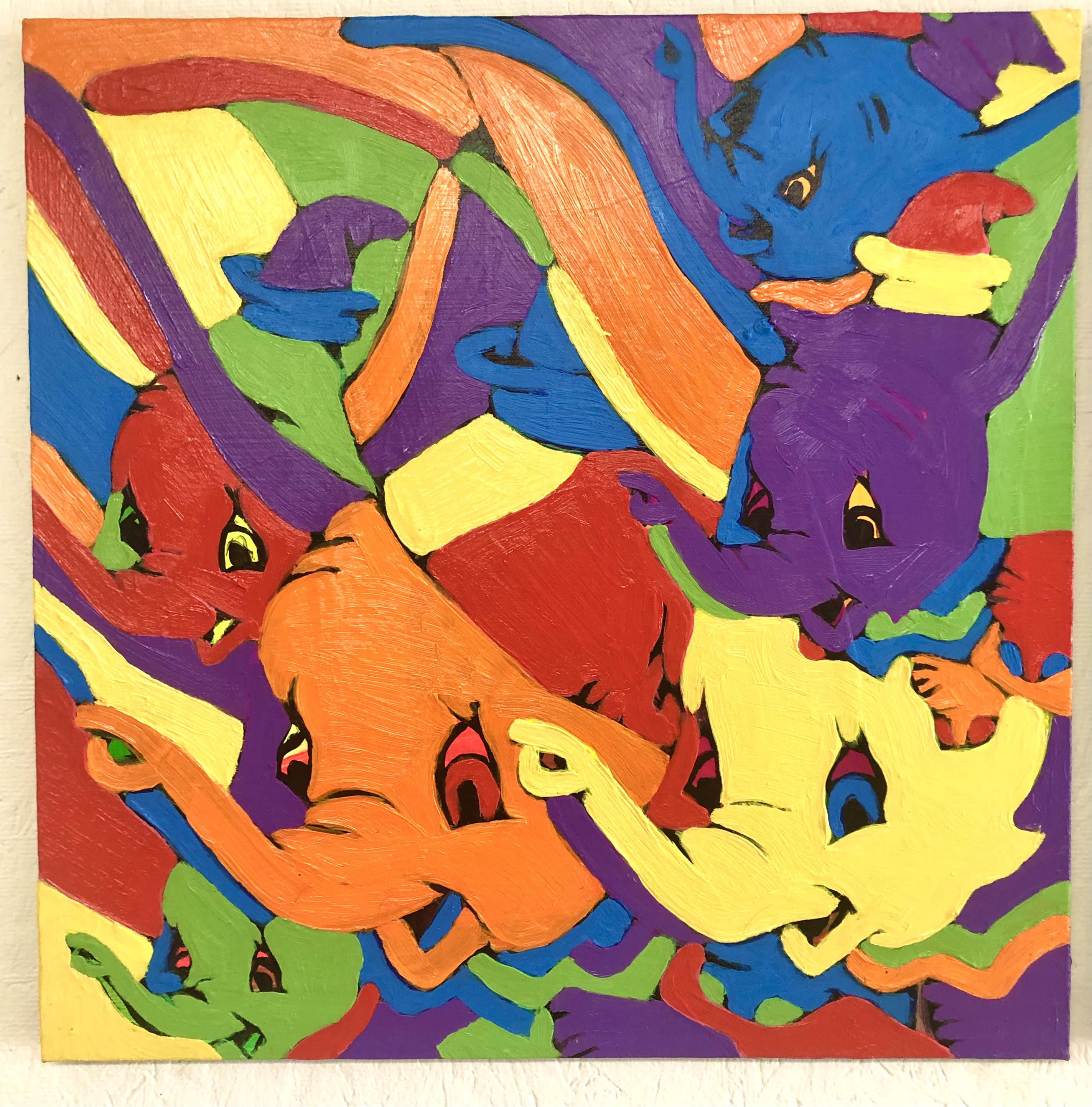
Chris McGraw
August 9, 2021

All images are created by an unseen force with the intention of communicating concepts, ideas, and knowledge or to invoke/ suppress feelings. The simplicity of this form of nonverbal communication is supremely pure, and may be more effective than language at sharing elements of our experiences on this planet. It is not a surprise that the importance of imagery on our society has been growing exponentially for decades, with the adoption of technology solely used to create, produce, edit, distribute, and syndicate it. There are over 3 billion images shared daily, and over a trillion images copyrighted every year. There is an entire system running parallel to culture that stores, showcases, and hides the content created.
Our interactions with photos and videos are the main driving force of the global economy, and work to define our culture and express our collective behaviors. We are bombarded with imagery every day that aims to provoke us into action, whether it is in the form of advertising - which aims to move goods and services around; or if it is journalism - which is broadcasting information and ideas. It is obvious that in a world centered around production and labor, a majority of imagery would be used to reinforce these behaviors and roles. The way media is used today makes these aims somewhat harder to decipher, while the massive amount of content amplifies the brunt of this force.
Propaganda is not new and has been a driving force for cultural change for hundreds of years. Distribution channels have defined the effectiveness of the use of content, since certain printed materials or imagery could only be spread a certain distance or reach into certain minds. But since global trade routes have been expanded near infinitely and people have been organized into easily accessible grids around the planet, the reach of propaganda is near infinite. Propaganda is a tool used to solidify the objectives of the political and corporate ruling class.

In 1933, The German Chamber of Culture absorbed the entire German film industry, incorporated as the Department of Film. This nationalization of moving imagery happened through a long process of coercion and political force. The department controlled the licensing of every film prior to its production. Sometimes the government selected the actors for a film, financed the production partially or totally, and granted tax breaks to the producers. The content they created at first was seemingly innocuous and socially driven, aiming to drive outcomes in domestic performance of the German citizens. Very quickly the role of film began to inoculate the citizenry into a wartime posture.
The main mediums used by the authoritarian political regime were newsreels that could be distributed through a network of cinemas controlled by them. The content of these films were often portraying the importance of industrial strength and highlighted certain individual virtues that aided the German military and the Aryan race. The top officials described the use of entertainment as a means of transporting messages extremely effective because it relied on emotions and feelings rather than facts or collective knowledge. In a sense this operation was creating an alternate reality that allowed the fantasies of political and industrial elites to be indulged. Schools were also provided with motion picture projectors because the film was regarded as particularly appropriate for propagandizing children. Films specifically created for schools were termed “military education”. This ensured that the political fantasies could perpetuate into the future and their reign could be sustained, a way to secure power.
Within the U.S. very similar tactics were being utilized, without the strategy of nationalizing private entities. The U.S. government referred to its own propaganda effort as a “strategy of truth”, using newsreels and an information format to deliver messages. Enlisting the cooperation of the news media, industry, and Hollywood, the Office of War Information portrayed the war as a contest between democracy and dictatorship, good and evil.



After the surprise attack on Pearl Harbor by Japan, 500 U.S. Army troops began an occupation of Walt Disney Studios that would last for the next eight months—the only Hollywood film studio under military occupation in history. The soldiers were stationed there to protect a nearby Lockheed aircraft plant from air raids, converting parking garages into ammunition depots, and fixing equipment in large soundstages. Soon after the start of the occupation, Walt Disney was approached with requests from the U.S. services to produce propaganda films. In late 1941, Walt Disney settled on its first film contract with the Navy. As requested by the U.S. Government, Walt Disney created a number of anti-German and anti-Japanese films for the servicemen and the U.S. public. He wanted to portray these countries and their leaders as manipulative without morals.
The same year Dumbo was released and distributed through Joseph Kennedy’s network of cinemas. The film was highly regarded and led to the navy naming all air-sea rescue planes as “Dumbos”. World War II transformed the possibilities for animation. Prior to the war, animation was seen as a form of childish entertainment, but that perception changed after Pearl Harbor was attacked. Much like the Nazi’s were trying to secure power into the future through the use of imagery to influence children, the public/ private partnership of the U.S. propaganda effort were focusing their attention on the youth.
The perpetuation of the systems of power are still addressed to the youth. Photos and videos created for, and distributed to children, secure the reigns of power held by corporate and political elite.